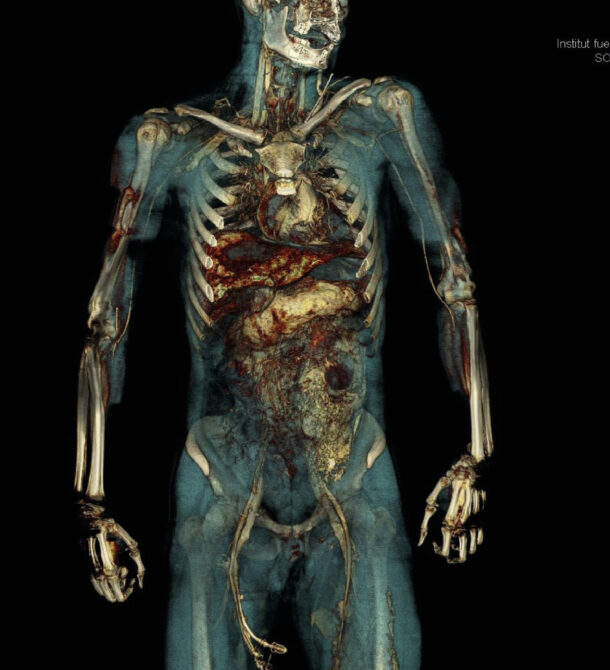China3D printingPost-mortem examinations are widely used to determine the cause of death, but the traditional autopsy has changed little over the past century, including external examination and removal of internal organs, dissection of major organs, and macroscopic pathological identification and injury. A few years ago, in an effort to advance the field of forensic science, a team of scientists at the University of Zurich in Switzerland has been continuously developing automated tools and techniques to improve outcomes, reduce costs and shorten autopsy times. By combining new technologies such as 3D imaging, scanning, and printing to generate virtual autopsy tools that eventually became a household name in the forensic community, known as Project Virtopsy (or just virtopsy), they are changing the forensic paradigm.
As part of the Virtopsy project, scientists have come up with innovative ways to help the field of forensics, with ideas ranging from an improved robotic arm with a tool called a Virtobot to non-invasively detecting the presence of damage on the surface of human skin, to superficial injuries 3D true color representations and 3D scale models of entire crime scenes and events.One device in particular caught our attention, it was using3D printingand post-mortem computed tomography angiography or PMCTA kits made from parts you can find at your local hardware store. The team posted all the files and part specs online, so anyone who wanted to recreate the PMCTA could do it for a total cost of just $120.To understand what the device actually does, Wolf Schweitzer, a forensic pathologist at the University of Zurich, told China3D printingNET, why equipment is so important and how disruptive technology can help experts achieve better autopsies.

Produces affordable PMCTA kits.Left: in progress3D printing; Center: Finished printing batch; Right: Tool kit being packaged
Why is PMCTA important in forensic science?
Post-mortem CT is relevant in forensic pathology to examining the body, especially for the consequences of violence or trauma. These findings add insight and aid in the preparation of autopsies, so autopsies can be performed faster and with better focus on our needs. Autopsy diagnoses are often very complex, but tedious and time-consuming to perform. For example, a few years ago, it took seven hours of careful dissection to uncover the source of a deadly hemorrhage in a human body. These types of cases will greatly benefit from PMCTA. Through an external pump, the body’s blood vessels are filled with a contrast agent that appears opaque on a computed tomography (CT) scan. Knowing the normal anatomy of the blood vessels allows the examiner to identify certain possible or potential leaks. This means that when using PMCTA, blood vessel damage, leaks or other lesions can be checked. Once they are found, they can be documented, or the results provided to a pathologist, who can then narrow the search for actual autopsies.
Why design a low-cost PMCTA for anyone to use?
Dedicated commercial equipment can be expensive and require dedicated and expensive additional installations such as oil separators, consumables and maintenance. The highest PMCTA pump is worth $80,000, while the material cost per case or inspection is about $1,000. Additionally, users need to install an oil separator to avoid leaking or draining their oil-based contrast media into the sewer. While some privileged forensic science institutes may accept it, we wonder if this technique is really necessary.So that’s why we decided to custom design and3D printingOur own immersion pump to use as a forensic PMCTA and the reason for filling out the rest of the bill of materials with parts from the hardware store for just $120.

PMCTA of whole body showing contrasting blood vessels and organs
Unlike clinical medicine, forensic medicine gets a lower budget and the public budget is more constrained, which further motivates what you use3D printingmachine?
Still, the PMCTA is not over3D printingSpare parts and new add-ons, the team also identified a few others3D printingapplication.For example, they are currently investigating whether it is possible to print skeletal parts (skull and lung bones) to3D printingMaterials perform biomechanical crash or impact testing and verify that they break in a similar way to natural bone.
China3D printingNet original article!
(responsible editor: admin)


0 Comments for “University of Zurich uses 3D printing technology to develop forensic forensics equipment”